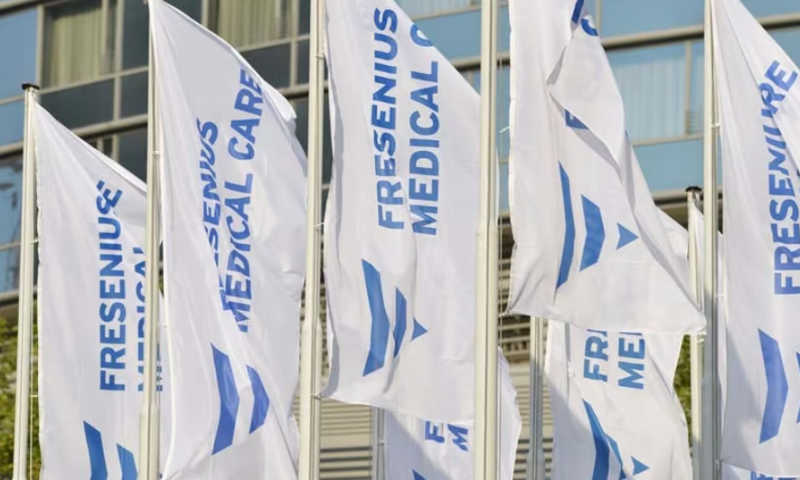A mounting wave of recent research argues that high-volume hemodiafiltration, or Hv-HDF, may significantly improve outcomes for people with kidney failure compared to standard hemodialysis treatments. The improvements stem from the fact that the former employs both diffusion and convection techniques to clean the blood, compared to the primarily diffusion-based approach of hemodialysis.
Though HDF has rapidly gained traction in Europe, U.S. approvals have been harder to come by. But Americans will soon have access to an Hv-HDF system from Fresenius Medical Care, as the company announced this week that it has earned FDA clearance for its 5008X Hemodialysis System.
Fresenius Medical Care said it will kick off its stateside rollout by introducing the system into clinical trials and real-world studies this year. A widespread commercial launch will then follow in 2025, with the devicemaker estimating that the 5008X system could potentially replace around 160,000 standard machines that are currently installed in dialysis centers around the country.
“Making new and innovative therapies available to patients is core to our goal of improving the lives of people living with kidney diseases,” CEO Helen Giza said in the announcement. “We’re pleased to achieve this important milestone to bring a new standard of care in dialysis therapy to one of the world’s largest healthcare markets, where there is significant opportunity to make meaningful impact.”
The 5008X system is backed by Fresenius Medical Care’s recent CONVINCE study, which recruited more than 1,300 patients across Europe—split into Hv-HDF and high-flux hemodialysis groups—and tracked their results for a median of at least two and a half years.
According to study results that the company shared last summer, the mortality rate among the hemodialysis group came out to 9.2 deaths per 100 patient-years, compared to 7.1 deaths for the HDF group. Per the study’s lead investigator, Peter Blankestijn, M.D., Ph.D., that adds up to “a remarkable 23% reduction in all-cause mortality” when HDF is swapped in for typical dialysis treatments.
“I am optimistic that hemodiafiltration can become the new standard of care,” Blankestijn said in the company’s announcement at the time.
In standard hemodialysis, diffusion is used to encourage small molecules and fluids to pass out of the blood and into a dialysis fluid solution. Adding convection to the mix, as in Hv-HDF, allows larger molecules to clear out of the blood.
Several studies, including one 2022 analysis of recent literature on the topic, theorize that HDF improves outcomes by reducing the myocardial stress and injury that can occur during standard dialysis treatments; cardiovascular disease is a common complication and the most common cause of death in patients who regularly receive dialysis treatments.

